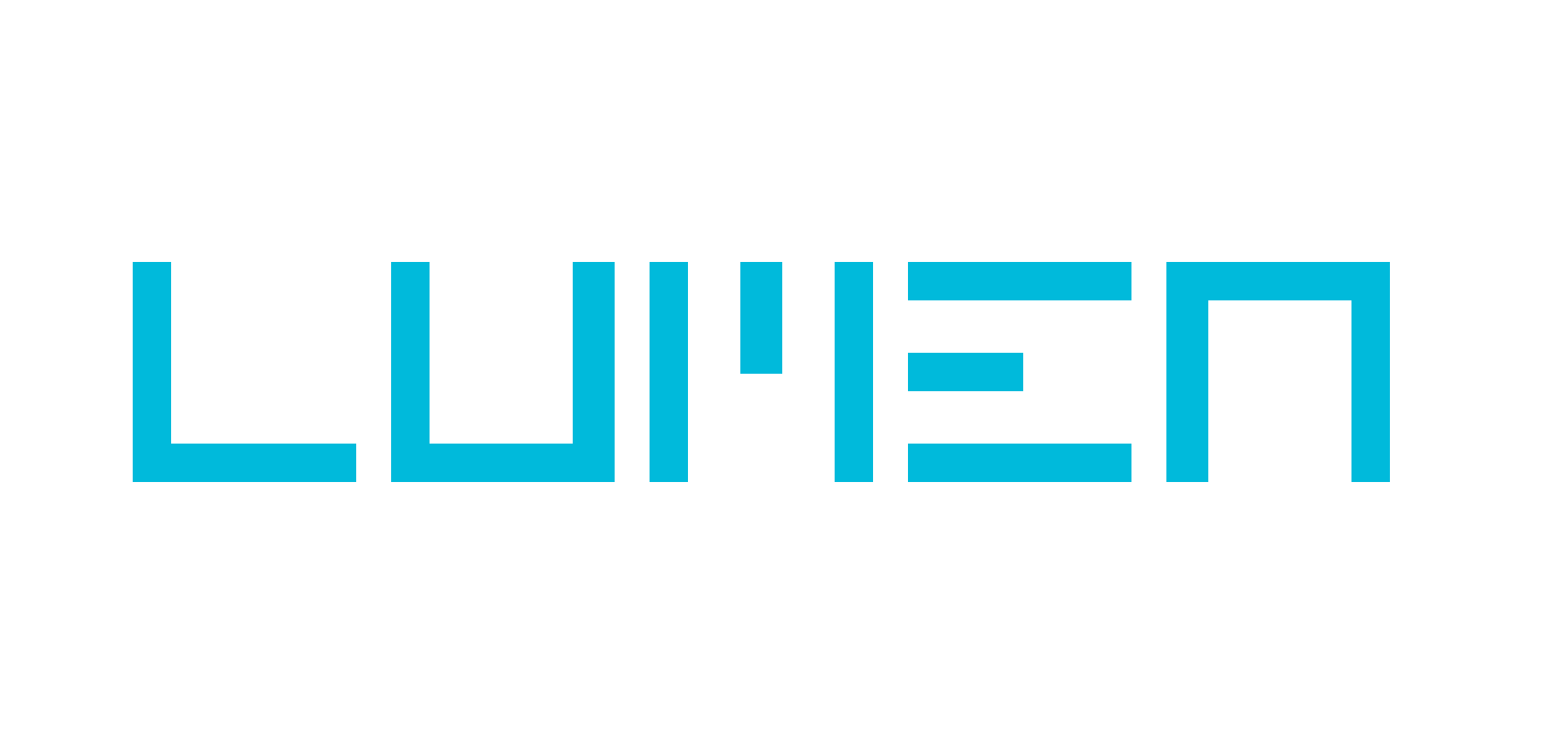00.00
When in Rome

We were in Rome this week, speaking alongside JCDecaux at the Festival of Media about attention across different types of advertising. The media advertisers use may change all the time, but our eyes stay the same. This means that we can use eye tracking as a common ‘currency of attention’ to evaluate the relative impact of each type of advertising.
Eye tracking across media throws up some interesting insights. Out-of-home advertising is often seen as a salience media – great at getting you reach, but best for short, sharp messages. Looking at the data, this is, in fact, true. But interestingly it’s true for digital display too! In both media, you should assume that you are only likely to get about 2 seconds attention. So, when developing creative, ‘think like a poster’ – even if it’s not a poster!

Our talk in the Eternal City allowed us to uncover another eternal truth across media. We recently found interesting priming effects in digital media with our friends at Inskin. If you precede a normal MPU with a big shiny Pageskin from Inskin, then the MPU gets more attention than you would expect. The Pageskin ‘amplifies’ the effect of subsequent ads. You can read more about it here.
Is this effect unique to digital? We set up an interesting little experiment in collaboration with our friends at Heineken and JCDecaux. Using our new live in context pre-testing tool, we were able to create an A/B test of the attention to 6$ posters in Liverpool Street Station. We made one film where there was just one 6$ poster from Heineken; another where it was preceded by an additional 6$ from Heineken; and finally a third where it was preceded by a nice big 48$ poster.
Example stills from our test films, showing station scene with and without 48$ Heineken poster.

The results of this OOH ‘amplification’ test are largely in line with what we found with Inskin: big ads have an ‘amplification effect’ on subsequent smaller ads. There was a small uplift in attention to the second 6$ even if it was only preceded with another 6$. But the effects were far greater if it was preceded by a big, bold 48$. As with the Inskin study, we saw that the biggest effects weren’t on how many people noticed the subsequent ad, but how long they spent with it.

This little learning has major implications for advertisers. Just as no man is an island, so too no ad is ever seen entirely in isolation from what has gone before. Understanding the ‘attention stock’ of your campaign, and how attention to one ad influences attention to others, could help you to get bigger bang for your buck.
The conference as a whole was fantastic, with fascinating talks from the likes of The Washington Post, Formula 1 and our friends at Adidas. And it was great fun collaborating on the project with my fellow speaker, Neil Eddleston of JCDecaux and Ron Amram of Heineken, without who’s support we wouldn’t have had much to say! Adform sponsored the Innovation Stage at the Festival of Media, so we’re very grateful to them too. All I can say is: book your tickets for the next event now (which just happens to be in Miami)
00.00









